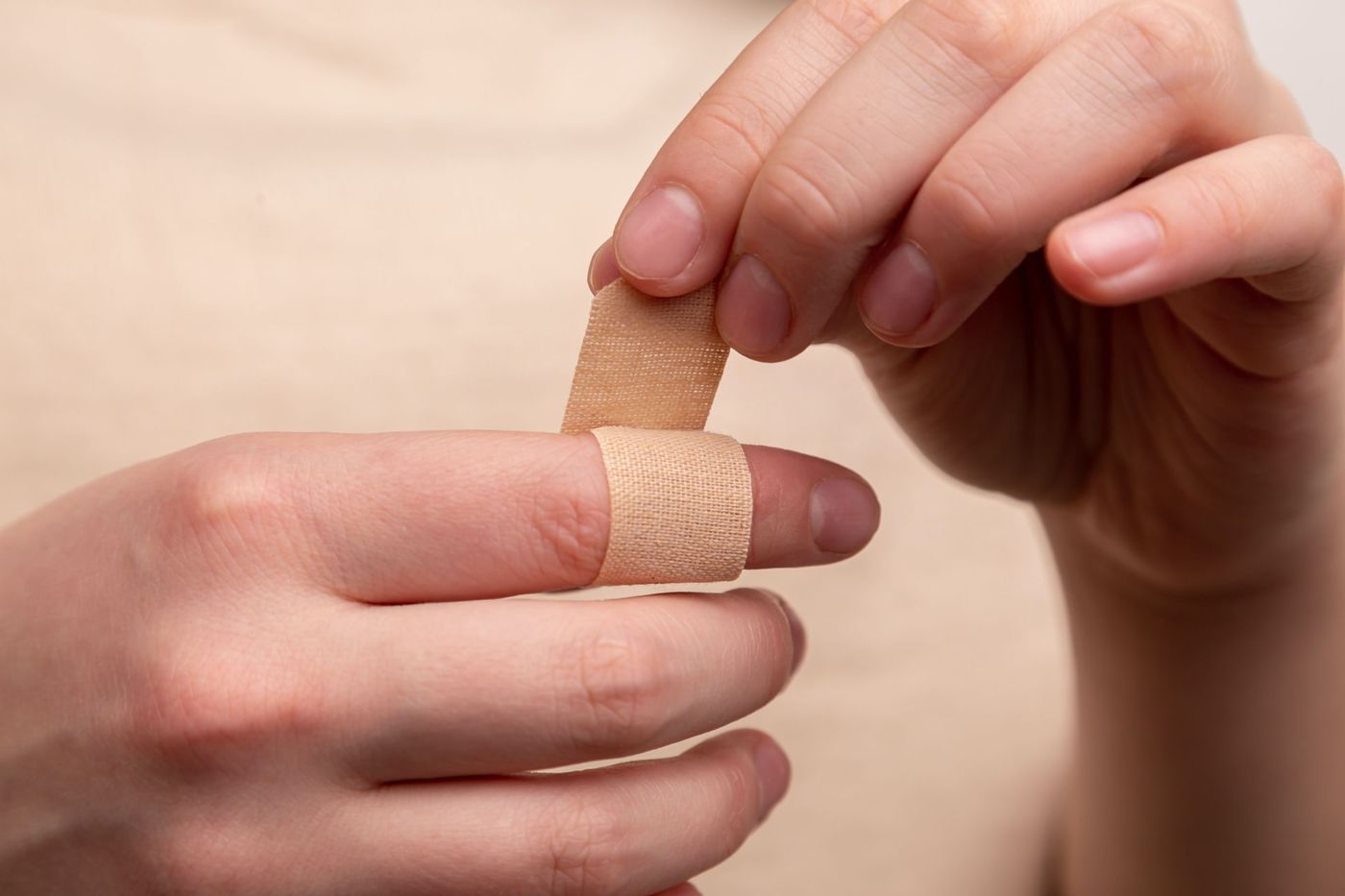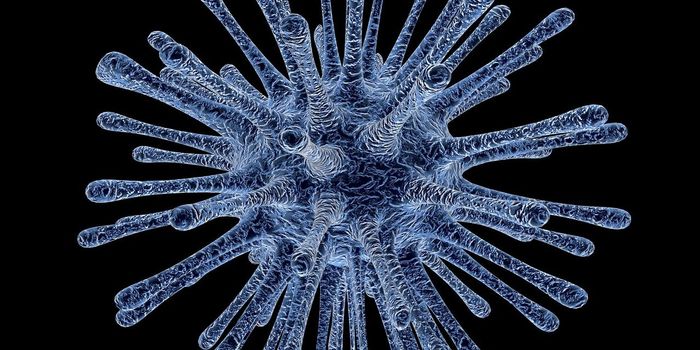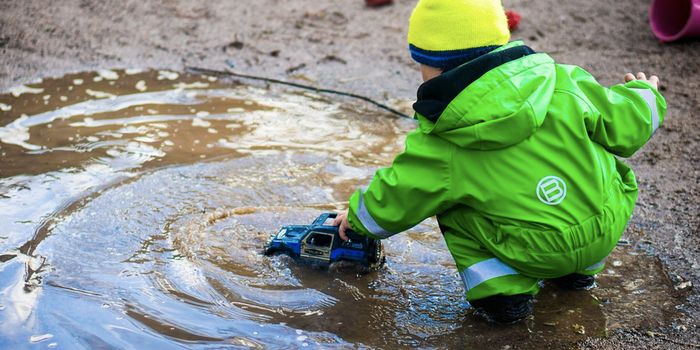"Smart Bandage" Keeps an Eye on Wounds
Wounds are an ideal environment for microorganisms to thrive. Their presence can easily overwhelm immune defenses at the site of the breach, resulting in infections characterized by tell-tale signs such as pain, swelling, redness, and pus. The saying "time heals all wounds" goes for most healthy individuals. But for those with underlying conditions such as diabetes, wounds can linger and become chronic. In this state, the skin cannot heal, significantly elevating the risk of more severe infections.
Researchers at the University of Rhode Island have developed a new technology for monitoring chronic and acute wounds, looking for signs of infection. Daniel Roxbury and colleagues created the "smart bandage" that uses in-built nanosensors to red-flag potential problems by detecting hydrogen peroxide, a biomarker of infection. The work has been detailed in the journal Advanced Functional Materials.
Inside the smart bandage is a web of carbon nanotubes that emit a near-infrared fluorescence signal when they come into contact with hydrogen peroxide. The nanotubes are constructed in a way that lets hydrogen peroxide molecules diffuse into their core without allowing the nanosensors to escape.
One of the technology's key features is that carbon nanotubes can easily be integrated into wound dressings without requiring a battery to operate. "A benefit of this technology compared to other techniques is that costly and sensitive electronics do not need to be attached to the actual bandage. The readout is wireless (optical) and does not require an attached power source," explains Roxbury.
According to the inventors of the smart bandage, once commercialized, they envision the technology being used for clinical applications such as monitoring chronic non-healing wounds and pressure ulcers in hospitals and nursing homes. The bandage will be particularly valuable to those experiencing diabetes or poor circulation that predisposes them to infections and wounds that take much longer than usual to resolve.
For now, the research team plans to follow up preliminary studies of the smart bandage's capabilities in cell culture models with validation studies in animal models.
Sources: Technology Networks, Advanced Functional Materials.









